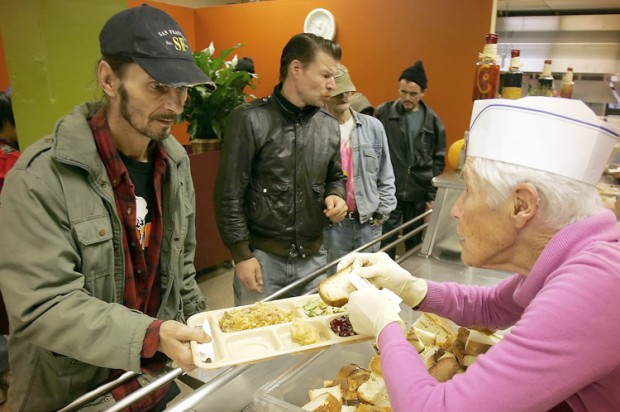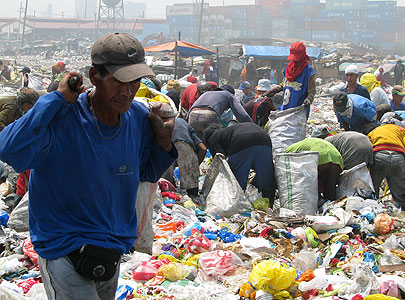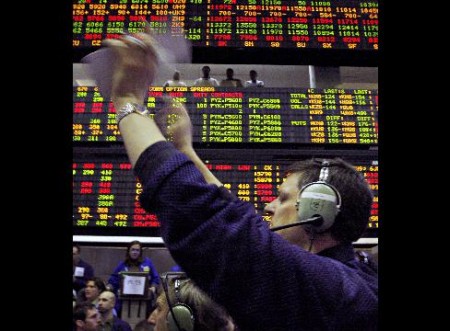Global Research Editor’s note
We bring to the attention of our readers David DeBatto’s scenario as to what might occur if one of the several contingency plans to attack Iran, with the participation of Israel and NATO, were to be carried out. While one may disagree with certain elements of detail of the author’s text, the thrust of this analysis must be taken seriously.
___________________________________________________________________________________________
By David DeBatto
David DeBatto is a former U.S. Army Counterintelligence Special Agent, Iraqi war veteran and co-author the “CI” series from Warner Books and the upcoming “Counter to Intelligence” from Praeger Security International.
The finishing touches on several contingency plans for attacking Iran

“Israel has said a strike on Iran will be “unavoidable” if the Islamic regime continues to press ahead with alleged plans for building an atom-bomb.” (London Daily Telegraph, 6/11/2008)
“Chancellor Angela Merkel of Germany joined President Bush on Wednesday in calling for further sanctions against Iran if it does not suspend its uranium enrichment program.” Mr. Bush stressed again that “all options are on the table,” which would include military force. (New York Times, 6/11/2008)
We are fast approaching the final six months of the Bush administration. The quagmire in Iraq is in its sixth painful year with no real end in sight and the forgotten war in Afghanistan is well into its seventh year. The “dead enders” and other armed factions are still alive and well in Iraq and the Taliban in Afghanistan again controls most of that country. Gas prices have now reached an average of $4.00 a gallon nationally and several analysts predict the price will rise to $5.00-$6.00 dollars per gallon at the pump by Labor Day. This, despite assurances by some major supporters of the decision to invade Iraq that the Iraq war “will pay for itself” (Paul Wolfowitz) or that we will see “$20.00 per barrel” oil prices if we invade Iraq (Rupert Murdoch).
One thing the Pentagon routinely does (and does very well) is conduct war games. Top brass there are constantly developing strategies for conducting any number of theoretical missions based on real or perceived threats to our national security or vital interests. This was also done prior to the invasion of Iraq, but the Bush administration chose not to listen to the dire warnings about that mission given to him by Pentagon leaders, or for that matter, by his own senior intelligence officials. Nevertheless, war gaming is in full swing again right now with the bullseye just to the right of our current mess – Iran.
It’s no secret that the U.S. is currently putting the finishing touches on several contingency plans for attacking Iranian nuclear and military facilities. With our ground forces stretched to the breaking point in Iraq and Afghanistan, none of the most likely scenarios involve a ground invasion. Not that this administration wouldn’t prefer to march into the seat of Shiite Islam behind a solid, moving line of M1 Abrams tanks and proclaim the country for democracy. The fact is that even the President knows we can’t pull that off any more so he and the neo-cons will have to settle for Shock and Awe Lite.
If we invade Iran this year it will be done using hundreds of sorties by carrier based aircraft already stationed in the Persian Gulf and from land based aircraft located in Iraq and Qatar. They will strike the known nuclear facilities located in and around Tehran and the rest of the country as well as bases containing major units of the Iranian military, anti-aircraft installations and units of the Revolutionary Guard (a separate and potent Iranian para-military organization).
Will this military action stop Iran’s efforts to develop nuclear weapons? Probably not. It will probably not even destroy all of their nuclear research facilities, the most sensitive of which are known to be underground, protected by tons of earth and reinforced concrete and steel designed to survive almost all attacks using conventional munitions. The Iranian military and Revolutionary Guard will most likely survive as well, although they will suffer significant casualties and major bases and command centers will undoubtedly be destroyed. However, since Iran has both a functioning Air Force, Navy (including submarines) and modern anti-aircraft capabilities, U.S. fighter-bombers will suffer casualties as well. This will not be a “Cake Walk” as with the U.S. led invasion of Iraq in 2003 when the Iraqi Army simply melted away and the Iraqi Air Force never even launched a single aircraft.
Not even close.
If the United States attacks Iran either this summer or this fall, the American people had better be prepared for a shock that may perhaps be even greater to the national psyche (and economy) than 9/11. First of all, there will be significant U.S. casualties in the initial invasion. American jets will be shot down and the American pilots who are not killed will be taken prisoner – including female pilots. Iranian Yakhonts 26, Sunburn 22 and Exocet missiles will seek out and strike U.S. naval battle groups bottled up in the narrow waters of the Persian Gulf with very deadly results. American sailors will be killed and U.S. ships will be badly damaged and perhaps sunk. We may even witness the first attack on an American Aircraft carrier since World War II.
That’s just the opening act.
Israel (who had thus far stayed out of the fray by letting the U.S. military do the heavy lifting) is attacked by Hezbollah in a coordinated and large scale effort. Widespread and grisly casualties effectively paralyze the nation, a notion once thought impossible. Iran’s newest ally in the region, Syria, then unleashes a barrage of over 200 Scud B, C and D missiles at Israel, each armed with VX gas. Since all of Israel is within range of these Russian built weapons, Haifa, Tel Aviv, Jerusalem and virtually all major civilian centers and several military bases are struck, often with a result of massive casualties.
The Israeli Air Force orders all three squadrons of their F-16I Sufa fighter/bombers into the air with orders to bomb Tehran and as many military and nuclear bases as they can before they are either shot down or run out of fuel. It is a one way trip for some of these pilots. Their ancient homeland lies in ruins. Many have family that is already dead or dying. They do not wait for permission from Washington, DC or U.S. regional military commanders. The Israeli aircraft are carrying the majority of their country’s nuclear arsenal under their wings.
Just after the first waves of U.S. bombers cross into Iranian airspace, the Iranian Navy, using shore based missiles and small, fast attack craft sinks several oil tankers in the Straits of Hormuz, sealing off the Persian Gulf and all its oil from the rest of the world. They then mine the area, making it difficult and even deadly for American minesweepers to clear the straits. Whatever is left of the Iranian Navy and Air Force harasses our Navy as it attempts minesweeping operations. More U.S casualties.
The day after the invasion Wall Street (and to a lesser extent, Tokyo, London and Frankfurt) acts as it always does in an international crisis – irrational speculative and spot buying reaches fever pitch and sends the cost of oil skyrocketing. In the immediate aftermath of the U.S. invasion of Iran, the price of oil goes to $200.00 – $300.00 dollars a barrel on the open market. If the war is not resolved in a few weeks, that price could rise even higher. This will send the price of gasoline at the pump in this country to $8.00-$10.00 per gallon immediately and subsequently to even higher unthinkable levels.
If that happens, this country shuts down. Most Americans are not be able to afford gas to go to work. Truckers pull their big rigs to the side of the road and simply walk away. Food, medicine and other critical products are not be brought to stores. Gas and electricity (what is left of the short supply) are too expensive for most people to afford. Children, the sick and elderly die from lack of air-conditioned homes and hospitals in the summer. Children, the sick and elderly die in the winter for lack of heat. There are food riots across the country. A barter system takes the place of currency and credit as the economy dissolves and banks close or limit withdrawals. Civil unrest builds.
The police are unable to contain the violence and are themselves victims of the same crisis as the rest of the population. Civilian rule dissolves and Martial Law is declared under provisions approved under the Patriot Act. Regular U.S. Army and Marine troops patrol the streets. The federal government apparatus is moved to an unknown but secure location. The United States descends into chaos and becomes a third world country. Its time as the lone superpower is over.
It doesn’t get any worse than this.
Then the first Israeli bomber drops its nuclear payload on Tehran.
Source: Global Research















